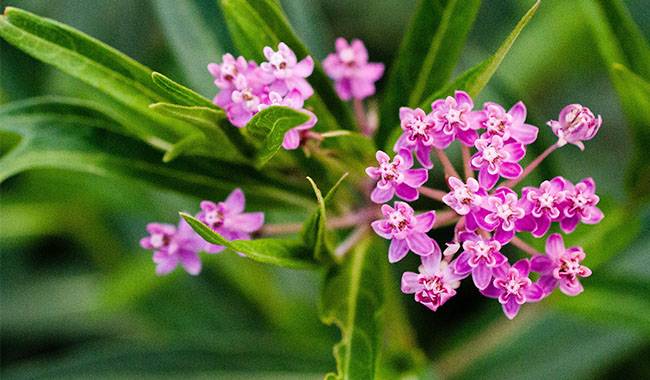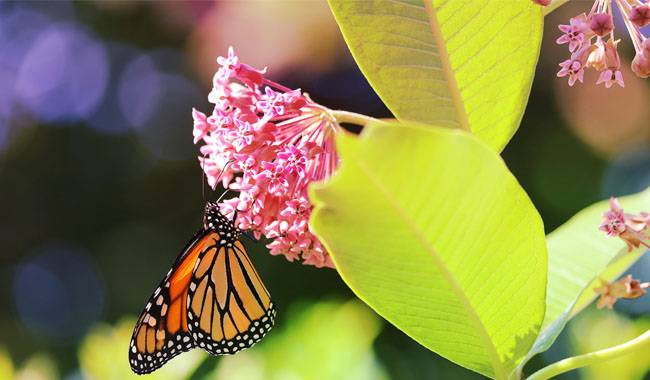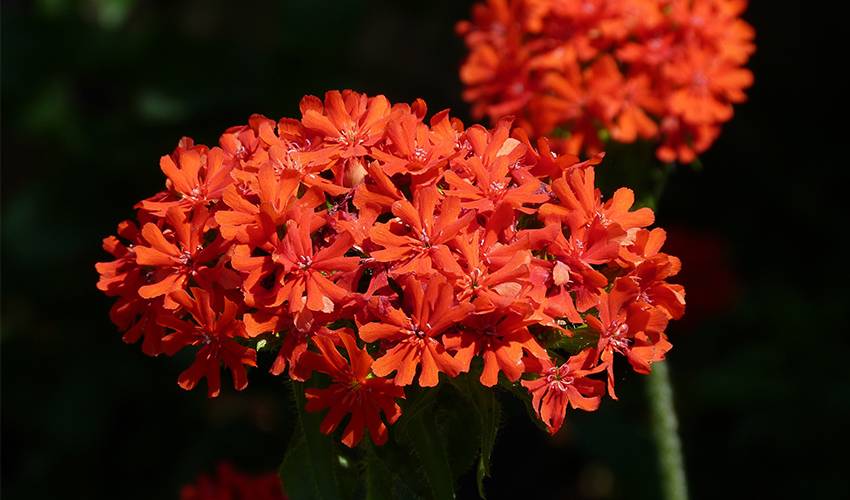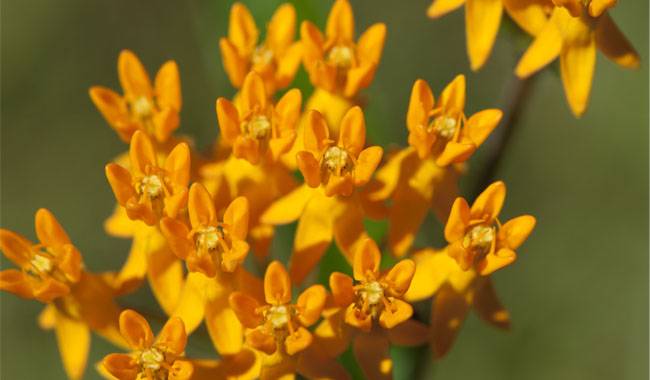
How to grow milkweed (Asclepias)? The vibrant garden plant Asclepias is one of the largest perennials in the “planted and forgotten” group.
Its blooms remind many of yarrow, and the beautiful leaf clusters in the powerful pictures seem to be herbaceous competitors to rhododendron.
Hardy and unpretentious, Asclepias is among the most fashionable landscape garden crops, but the talents of this garden plant are more than just a “genre” of landscape design.
INFORMATION ABOUT ASCLEPIAS
Name: Asclepias (from Aesculapius, widely used in folk and official medicine).
Nicknames: milkweed (the plant is named for the Asclepias-like leaves on its mature seeds), “scented string” (for its original fragrance); Syrian Asclepias is also known as Asclepias, Swallowwort, Milky Way, etc.
Plant type: Perennial herbs
Species: About 80 species, of which only three are used for ornamental horticulture; one is an annual plant.
Best representatives: Syrian Grass and Flesh Red Asclepias.
General characteristics: Strong, tall perennial herb with broad shoots, opposite sessile or whorled large lance-shaped leaves, many-flowered umbellate florets with many star-shaped flowers.
Ornamental: Lush foliage, long flowering time, delicate fragrance reminiscent of sweets and candy.
Height: 20-60inch (50-150cm), mostly around 40inch (1m).
Leaf shape: lanceolate, slender-ovate or elliptic, up to 5inch (12cm) long, sharp, with prominent central veins and intense color; leaves form clumps and dense clumps
Flowering type: multi-flowered umbels about 2-3inch (5-8 cm) in diameter, loose and delicate; centimeter star-shaped flowers clustered in inflorescences
Color range: white, yellow, orange, pink; usually darker on the outside of the petals, giving the buds a sharp saturation with the spreading flowers
Flowering time: Summer or fall, most varieties bloom in July-August.
Status: Partner of landscape plants or soloist of landscape spots.
Uses: In gardens and modern styles as solo or group plantings, occasionally in country gardens; planted in landscape groups and forming patches and large blocks, in the background of flower beds, in the median of mixed gardens on both banks, or in flower beds next to buildings, near terraces and seating areas to create fragrant plant communities.
Principles of partner selection: Choose only large partners that can “withstand” strong perennials from the large, unafraid competition and dense plantings.
Companion plants: tumbleweed, mullein, whitehead, aconite, reed grass, pearlwort, distance, echinacea.
OTHER USES
Honey crop attracts bees and butterflies.
MEDICINAL PLANTS
Creates a fragrant backdrop. Asclepias was grown as an industrial crop in the 17th and 19th centuries.
Requirements: Easy to grow, requires little or no care.
Cultivation difficulty: low, even for inexperienced gardeners.
Soil: Any kind of permeable and breathable soil, preferring loamy and weakly acidic soils.
Light: As bright as possible.
Watering: Water only in severe drought
Fertilization: Fertilize once a year in early spring with a compound fertilizer mix
Other care: Prune flower stems after flowering, one-time fertilization, weeding
Freeze-thaw ability: High, only need to mulch before winter
Propagation: Divided plants, seeds, or rhizome cuttings
Safety measures: Latex can cause irritation, especially to the skin when exposed to the sun.
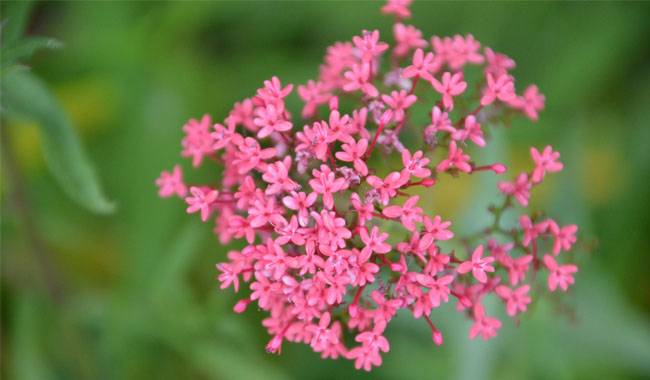
CULTIVATION AND CARE
Growing conditions for Asclepias
All Asclepias plants are sun-loving and require as much openness and brightness as possible. Only one type of Asclepias can tolerate light – the flesh red variant.
The location of this plant should be chosen taking into account that Asclepias is a large, vigorous, constantly growing crop that tends to overwhelm smaller plants growing nearby and needs plenty of free space.
Asclepias sprouts most vigorously, sending up shoots at about 40inch (1m) from the shrub itself.
Suitable soil for Asclepias is very easy to choose. It is thought that Asclepias can be grown in almost any soil except dense, waterlogged, moist, extremely calcareous, and stony soils.
This plant can grow and bloom in any cultivated and at least slightly fertile soil. The most capricious about soil is the flesh red Asclepias, which prefers a moderately moist environment.
Asclepias can settle on sandy soils
Adult Asclepias plants are not afraid of either draughts or wind, but young shoots can be zoned by strong winds. Therefore, Asclepias prefer sites without active winds.
CARE OF ASCLEPIAS
Asclepias has rightfully earned the title of one of the most unpretentious perennials. Care for it is reduced to a minimum procedure.
Watering these plants is only necessary in times of drought, and even then, all Asclepias plants, except the red Asclepias, additionally only need watering when there is no rainfall for an extremely long time during flowering. However, flesh-red Asclepias are best watered more often, even during short periods of drought.
Water only where the soil is poor, and only once a year at the beginning of the early spring season, adding a mineral complex fertilizer to the soil to renew the nutrients in the soil. If Asclepias are planted in fertile soil, they can be left unfertilized for the first 3-5 years of cultivation.
Pruning of these plants is reduced to cutting the flower stems after flowering (if you do not want to box the fruit decorative components and do not intend to store their seeds).
Asclepias does not like to be cut, but it can be pruned “under the roots” to hold it or rejuvenate it. It is one of the most pest and disease-resistant perennials.
All Asclepias plants appreciate timely weeding and mulching, but even they are not considered a mandatory part of care.
Asclepias can grow in one place for at least 10 years without replanting, which makes the care of the entire garden much easier.
For successful overwintering, most Asclepias only require soil mulching or light dipping with dry leaves. Only varieties with unknown frost resistance (foreign selections) should be better winter mulched during the first two years of cultivation.
PROPAGATION OF ASCLEPIAS
The most convenient and effective method of propagation of Asclepias is to divide the clumps. Due to their rapid growth, these plants are easily adapted to new locations, allowing you to constantly acquire new planting material. The latter part of the summer is considered the best time to divide.
Asclepias can also be propagated by seed (sowing seedlings in March in the usual way and transplanting them into the garden in May) and rootstock cuttings (rooting as cuttings).




